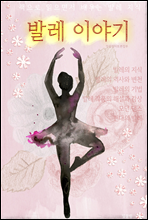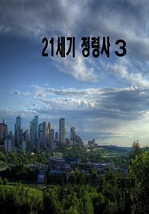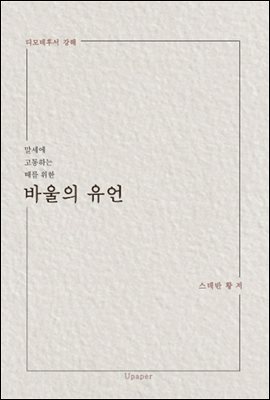
캡틴 블러드 (Captain Blood) 들으면서 읽는 영어 명작 566
- 저자
- 라파엘 사바티니 (Rafael Sabatini) 저
- 출판사
- 유페이퍼
- 출판일
- 2016-11-15
- 등록일
- 2017-06-07
- 파일포맷
- EPUB
- 파일크기
- 2MB
- 공급사
- YES24
- 지원기기
- PC PHONE TABLET 웹뷰어 프로그램 수동설치 뷰어프로그램 설치 안내
책소개
◆ 국내에 자주 소개되지 않은 명작을 발굴하여 전자책으로 출간하는 숨어있는 명작 시리즈 ◆ 죽기 전에 꼭 봐야 할 영화 1001편에 나왔다. 플린은 부당하게 카리브해로 추방당해 노예가 된 피터 블러드라는 17세기 아일랜드인 의사를 연기하며 우아한 드 하빌랜드에게 무례한 말과 유혹적인 눈빛을 던진다. 그는 탈출을 기도하는 과정에서 해적이 되고 복수심을 불태우며 바다에서 온갖 역경을 겪고, 베이질 래스본이 연기하는 비열한 프랑스 해적과 불안한 동맹관계를 맺지만 전리품과 미녀 포로 하빌랜드를 사이에 놓고 그 관계가 틀어진다. 그리하여 스릴 넘치는 유명한 칼싸움 장면에서 죽음으로 이어지는 결투가 벌어진다. 「캡틴 블러드」에는 모험활극영화에서 기대할 수 있는 요소가 모두 들어 있다. 바다에서의 싸움과 번득이는 칼날, 대담한 영웅, 위험에 처했으나 용기 있는 여주인공, 목을 내리치는 칼, 깃털 달린 모자, 불의를 바로잡는 일, 돛대에 매달려 체조선수처럼 재주를 부리는 사람들 그리고 에리히 볼프강 코른골트의 긴장감 넘치는 음악까지. 굉장히 재미있는 오락영화다. (죽기 전에 꼭 봐야 할 영화 1001편, 2005. 9. 15., 마로니에북스) --------- 오디북 북 + 이북이 / 하나로 = 입체전자책 ----------- - ★ 주제(Chapter) 마다 한 번의 클릭으로 편리하게 들을 수 있습니다. ★ - ★ 보이스 전체를 다운로드 받아서 편리하게 들을 수 있습니다 ★ - ★ 전자책과 오디오북이 하나로 합쳐진 입체전자책 - ★ - 영어 학습을 위한 최고의 입체 전자책입니다. - 읽으면서 한 번의 클릭으로 동시에 듣습니다. (크롬 환경 최적격) - 핸드폰도 편리하며 CD가 필요 없습니다. A - 추천작이며 엄선된 작품입니다. ------------ Audio book + e book = solid book -------------- ★ 부록에 『영어 글쓰기 기본 (The Elements of Style)』첨부. 100년 가까운 세월 동안 미국에서 가장 많이 팔린 글쓰기 책이며, 2011년에 타임지가 선정한 1923년 이후 영어로 발행된 가장 영향력 있는 100대 도서 중 하나. ----------------------- Sabatini was a proponent of basing historical fiction as closely as possible on history. Although Blood is a fictional character, much of the historical background of the novel is based on fact.[1] The Monmouth rebels were sold into slavery as described in the book; and the shifting political alliances of the Glorious Revolution of 1688 are used in the novel as a plot device to allow Blood's return to respectability. Sabatini based the first part of the story of Blood on Henry Pitman, a surgeon who tended the wounded Monmouth rebels and was sentenced to death by Judge Jeffreys, but his sentence was commuted to penal transportation to Barbados where he escaped and was captured by pirates.[1] Unlike the fictional Blood, Pitman did not join them, and eventually made his way back to England where he wrote





